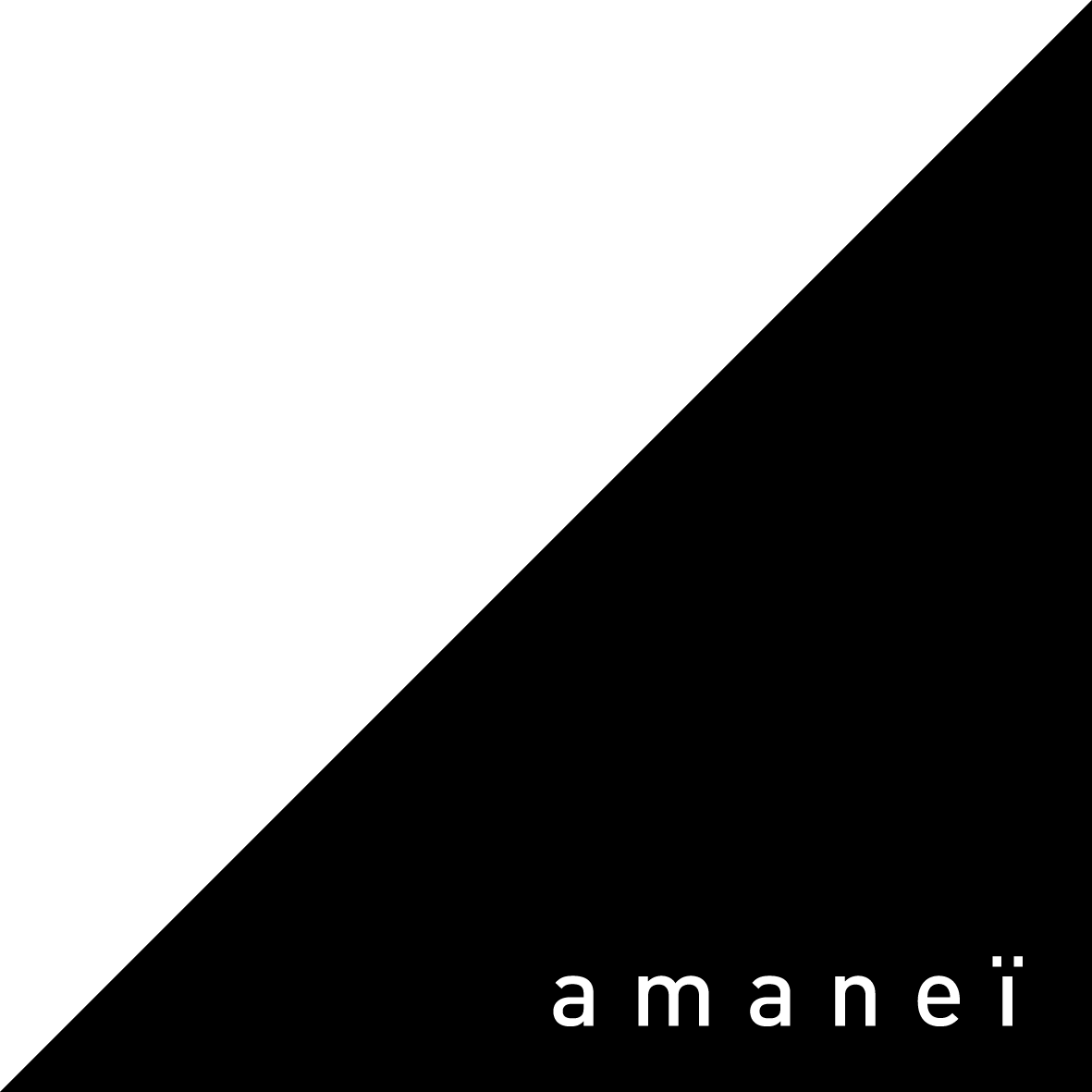
ELEONORA ROSSI
Ouroboros
The works in this cycle explore themes of man, place, and memory, focusing on the mysterious and cyclical nature of islands and their connection to time, light, and the unknown.
-
Le opere, realizzate per questo nuovo ciclo espressivo, nascono da un percorso biografico dell’artista che la vede viaggiare, per alcuni anni, tra le più significative isole del Mediterraneo. La mostra espositiva si basa sul dialogo tra alcuni dei media che Rossi sente più affini alla sua poetica e che utilizza per conoscere e approfondire certi temi direttamente correlati con i luoghi visitati.
Primo fra tutti il legame tra l’uomo, il luogo e la memoria. Le isole, soprattutto per la loro posizione strategica in termini di passaggio commerciale marittimo, si fanno scrigno di tesori archeologici che riemergono ciclicamente dai fondali delle loro coste come memento di un passato che è sempre presente e parte di noi ma al quale spesso dimentichiamo di appartenere. Questo ouroboro, apparentemente immobile ma in eterno movimento che è il tempo dell’esperienza della vita sulla terra, ci ricorda l'energia universale che si consuma e si rinnova di continuo, la natura ciclica delle cose, che ricominciano dall'inizio dopo aver raggiunto la propria fine, simboleggia quindi la totalità del tutto, l'infinito, il tempo ciclico, l'eterno ritorno. Il video come mezzo espressivo è quello che meglio incarna nella sua natura tecnologica e fluida, questi concetti. Anche la fotografia e la pittura, oltre che per i loro contenuti, si fanno mezzo espressivo che integra il concetto di tempo molto caro all’artista: il tempo della percezione della realtà che ci circonda, il tempo di esecuzione che trasporta l’immagine della visione dell’opera dalla mente, al corpo, al gesto. Il tempo di fruizione del pubblico che esperisce l’immagine.
Il secondo tema affrontato con questo ciclo di opere, è sicuramente l’aspetto misterioso che accompagna l’idea di isola sottolineato inoltre da una visione prevalentemente notturna, che abita quello spazio temporale in cui la luce potente e salvifica del sole inizia a calare e i contorni sempre così netti della luce mediterranea, vengono a farsi più labili fino a mancare completamente e rendere le immagini fotografiche molto pittoriche per una mancanza di definizione e la pittura un susseguirsi di segni fluidi, labirintici dove il prima e dopo, l’anteriore e il posteriore si confondono (pur mantenendo un ‘impostazione di genere figurativo e quindi la riconoscibilità del soggetto). L’isola è quindi la notte, è la salvezza della terra vista dal mare che però racchiude in sé lo sconosciuto. L’isola è il vulcano, l’incertezza, il sonno interrotto dalla terra che trema.”
-
The works, created for this new expressive cycle, stem from the artist’s biographical journey, which saw her traveling for several years across the most significant islands of the Mediterranean. The exhibition is based on the dialogue between some of the media that Rossi feels most connected to in her poetic approach, which she uses to explore and deepen certain themes directly linked to the places she visited.
First and foremost, the relationship between man, place, and memory. The islands, especially due to their strategic position in maritime commercial trade, are treasures of archaeological wonders that cyclically rise from the seabeds of their shores as reminders of a past that is always present and part of us but to which we often forget we belong. This ouroboros, seemingly still but in eternal movement, represents the experience of life on Earth’s time. It reminds us of the universal energy that continually consumes and renews itself, the cyclical nature of things, which begin again after reaching their end. Therefore, it symbolizes the totality of everything, the infinite, cyclical time, and eternal return. The video, as an expressive medium, is the one that best embodies these concepts with its technological and fluid nature. Photography and painting, in addition to their content, also become expressive means that integrate the concept of time, which is very dear to the artist: the time of perception of the reality surrounding us, the time of execution that transports the image of the artwork from the mind to the body to the gesture. The time of reception by the audience who experiences the image.
The second theme addressed in this cycle of works is certainly the mysterious aspect that accompanies the idea of the island, further emphasized by a predominantly nocturnal vision. This vision inhabits the temporal space in which the powerful and life-saving light of the sun begins to set, and the once sharp outlines of Mediterranean light become more blurred, eventually vanishing entirely, making the photographic images very pictorial due to a lack of definition. The painting becomes a succession of fluid, labyrinthine marks where the before and after, the front and back, blur (while maintaining a figurative setting and the subject’s recognizability). The island, therefore, represents the night, the salvation of the land seen from the sea but also the unknown. The island is the volcano, uncertainty, the interrupted sleep caused by the trembling earth.







